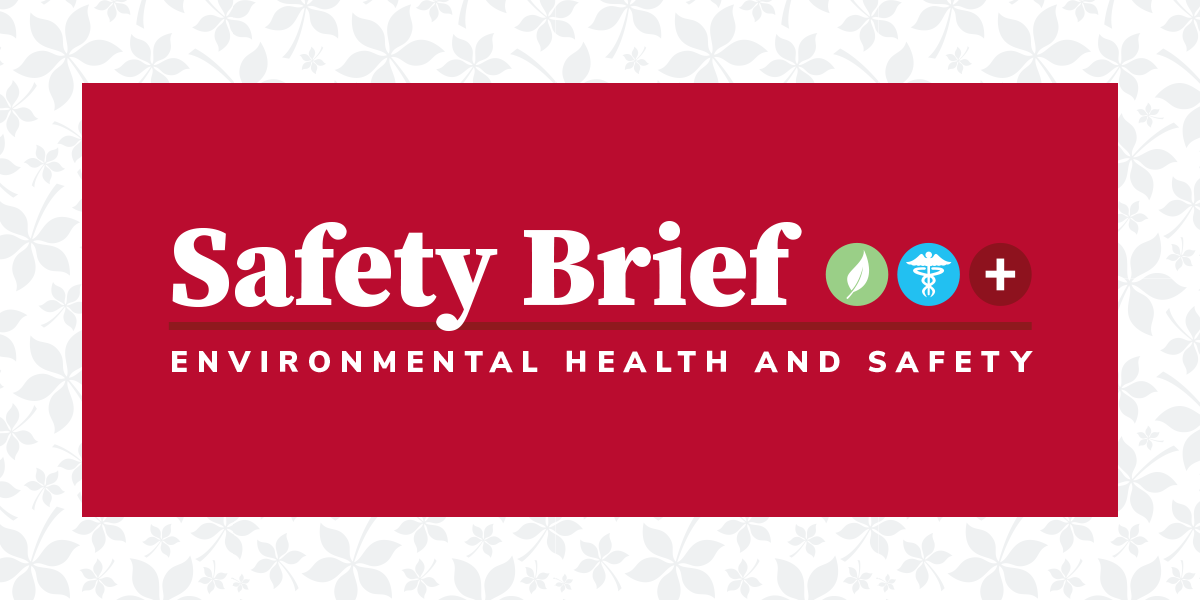Heat Check - Safety Brief
Heat Check How heat index affects the bodyKnown as the “feels-like” temperature, this takes into account both air temperature and humidity. It reflects how hot it actually feels to the human body. Refer to the heat index temperatures below for guidance.Temperature zones:Danger (>95°F)Conditions are dangerous! Heat-related illness can develop faster and be more serious.Warning (85-90°F)Con...

